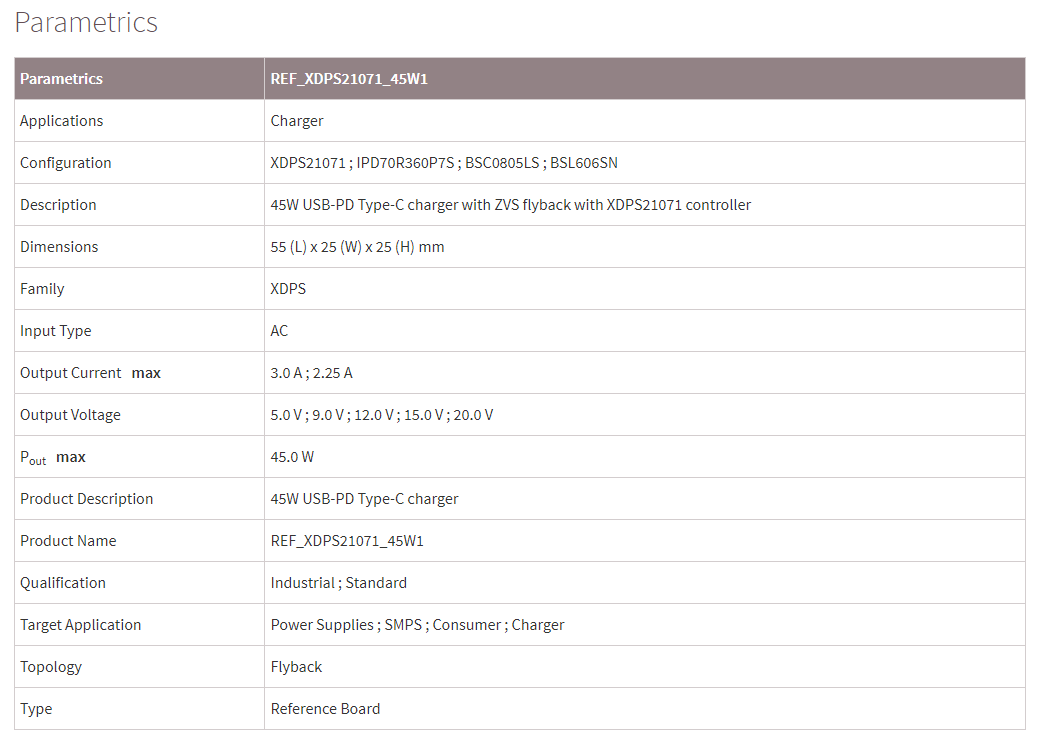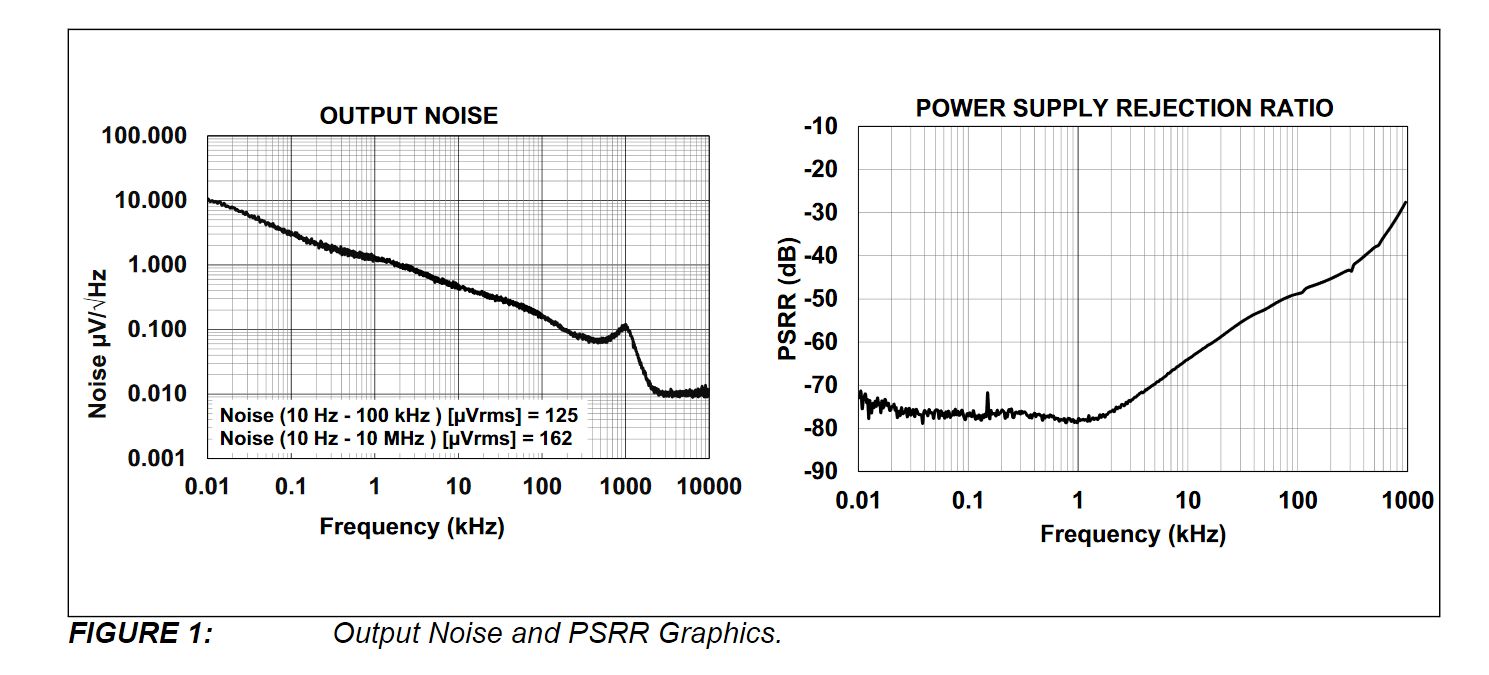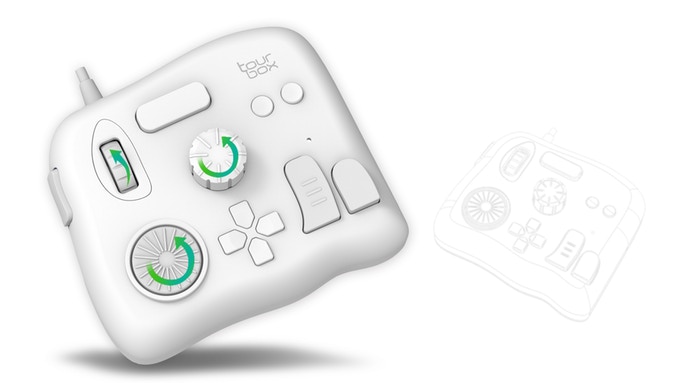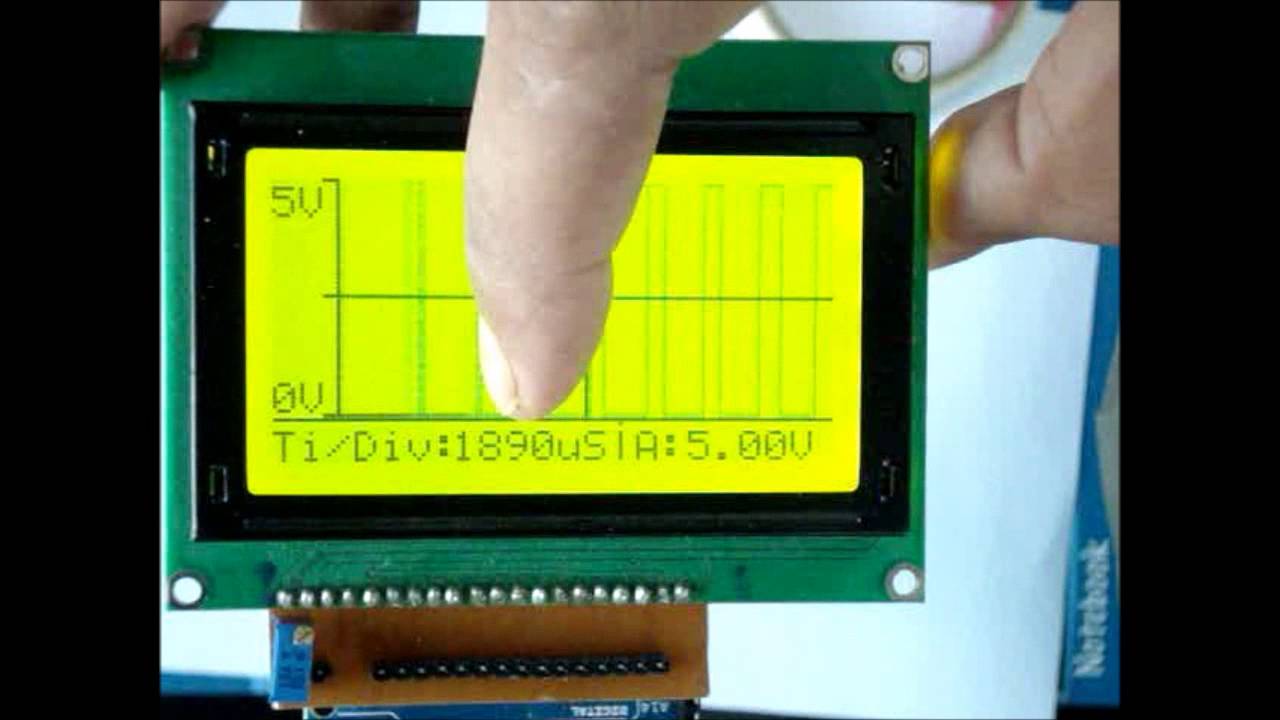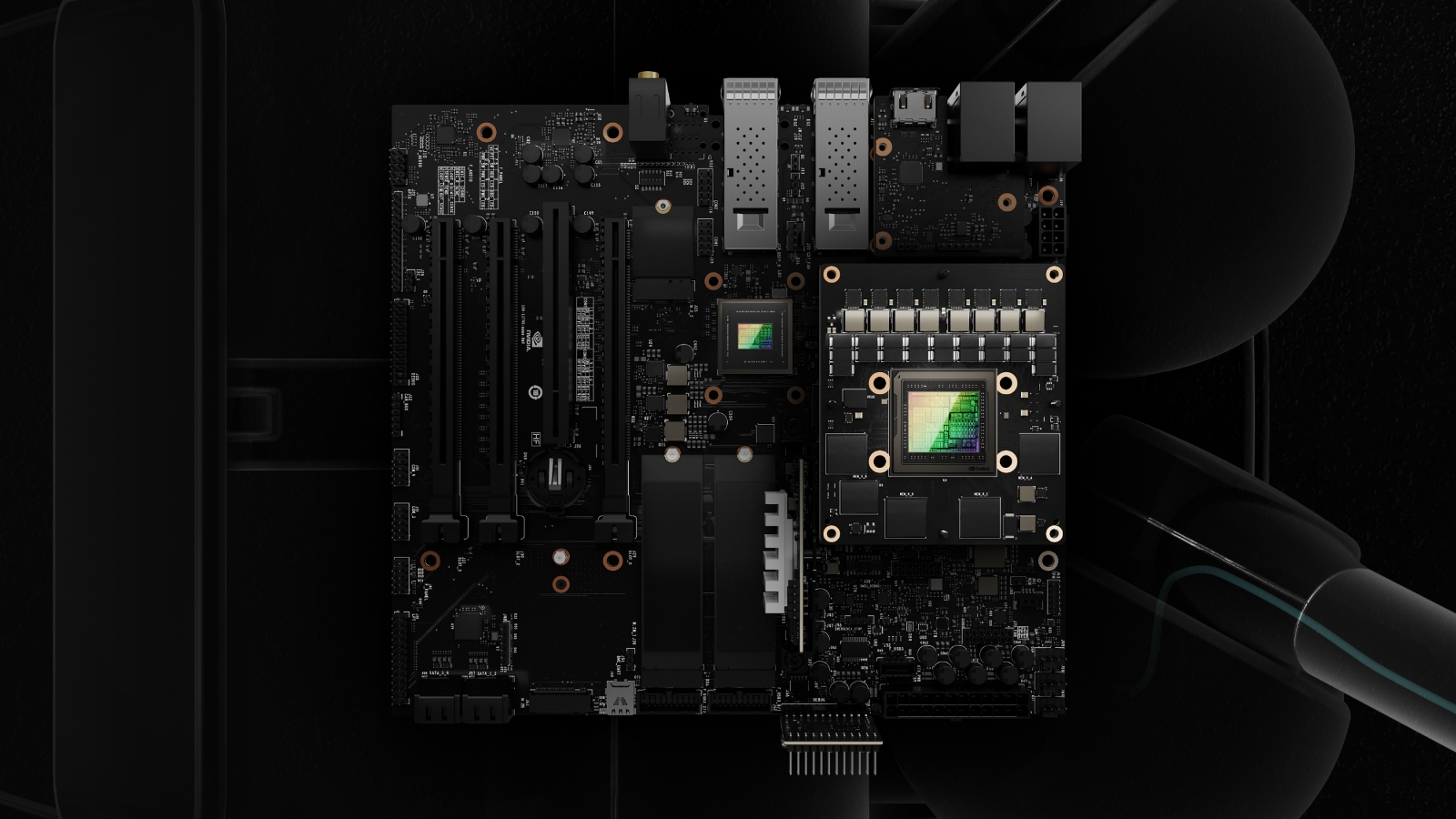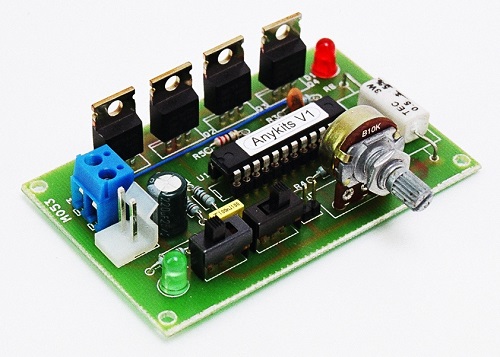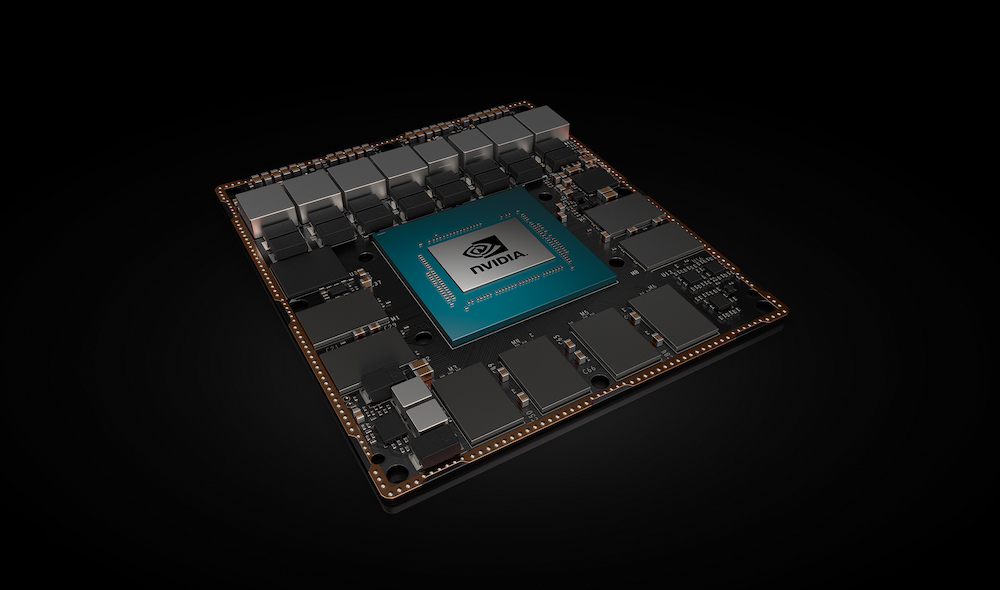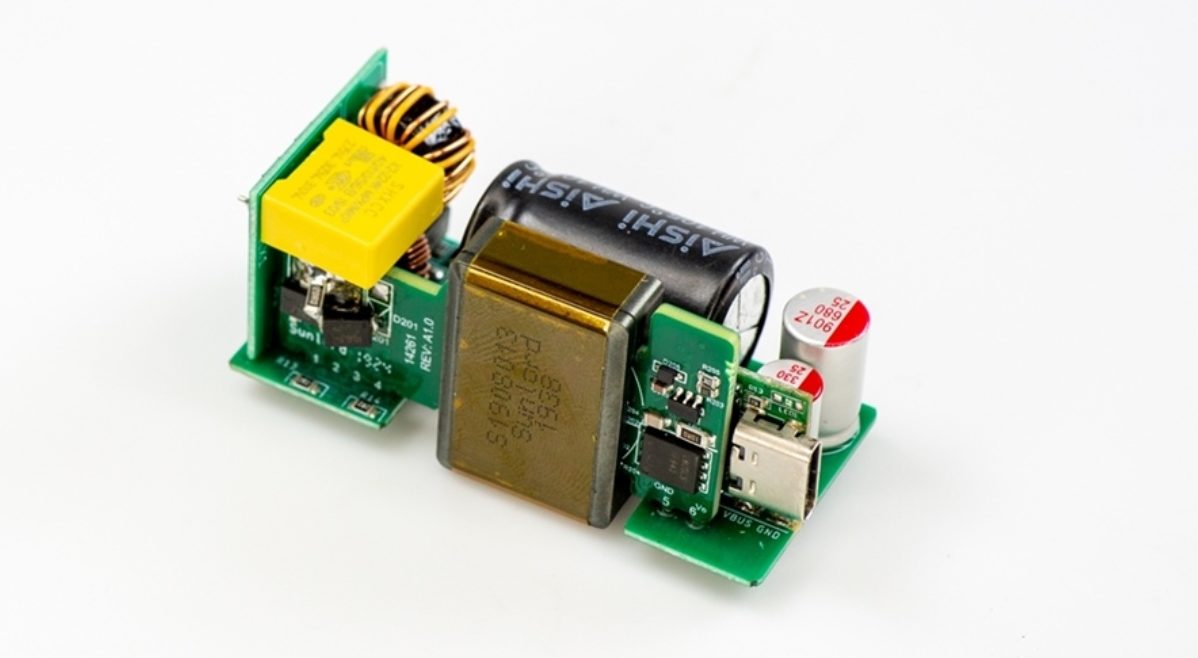
The REF_XDPS21071_45W1 from Infineon is a 45W USB-PD type C charger reference design in a small form factor. The reference design has been developed to demonstrate the performance by meeting various regulatory limits as well as allowing for small form factor designs.
It features Infineon’s digital flyback controller XDPS21071, 700V CoolMOS™ P7 Superjunction MOSFET (IPD70R360P7S), OptiMOS™ PD synchronous-rectification MOSFET (BSC0805LS) and small-signal-MOSFET (BSL606SN).
This 45W USB-PD 3.0 type C charger has a universal input voltage range of 90- to 264-Vac. The supported output is 5V/3A, 9V/3A, 12V/3A, 15V/3A and 20V/2.25A. Its peak efficiency is 90%, with a low standby input power of <30mW.
Circuit Overview
The REF_XDPS21071_45W1 circuit is similar to a typical flyback converter design with SR in the secondary high-side. The XDPS21071 is a cycle-by-cycle peak current flyback controller with secondary-side control by means of a MFIO pin. The particular design can achieve close to ZVS with the help of an additional ZVS winding and ZVS circuit driven by the GD1 pin.
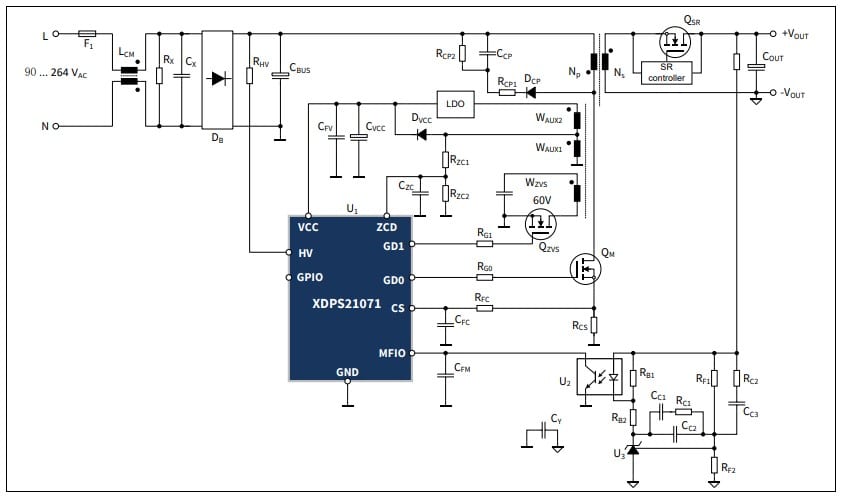
With the ZVS feature, the switching loss is reduced significantly at high-line so that the switching frequency can be set at around 140kHz. For low-line, the system would run in DCM operation. Besides having high efficiency at full load, the controller can achieve high efficiency at both medium and light load by implementing FRM and ABM. The controller integrates a HV start-up cell. Connected with a resistor, RHV (102kΩ) from the bulk capacitor, it can achieve VCC start-up charging and also the brown-in and brown-out features.
In addition, it has various protection features to protect the system from hazards, such as OCP, Vout OVP, OLP, OTP, latch enable, CS pin short before power-up, etc.
Summary of Features
- High density with 21.5W/in3 PCBA design
- High efficiency with adaptive ZVS operation and frequency law for variable output design
- DCM operation design
- Small form factor with planar transformer design
- Brown-out, output short, overload and output overvoltage protection
more information: www.infineon.com
[via]




